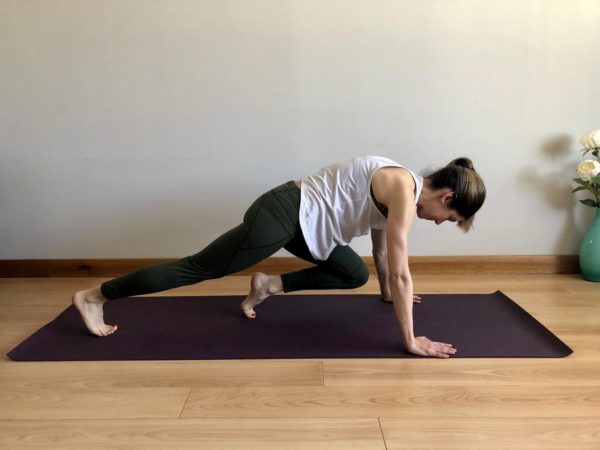This is the final instalment (for now) in the recent Running Series. If you want to read previous posts you can read all about warm ups, cool downs, strength training, running postnatally, core &hip strengthening here. So today we are talking about probably the most important aspect of running- returning to running from injury, and how to prevent injury in the first place. As running is such a repetitive, heavy-loading sport, overuse injuries are common, however acute injuries can also occur due to fatigue, misplacing a foot and rolling over it, or any physiological dysfunction in the musculoskeletal system whilst out training.
It is therefore imperative that we have a structure to adhere to for successful return to running and a way to know when it is safe to do so, and also an insurance policy to include in your training schedule to minimise (I can’t say prevent here as nothing is guaranteed unfortunately) the risk of any injury in the first place.
Readiness to run
Before returning to running post-injury, or even after some time out, there are a series of tests you can complete to check your readiness to run. These should be completed in order because they start with low load and as you progress through the exercises the level of load increases. This suggests a greater readiness to run if you can complete them all. Pain should remain <3/10 throughout and if any exercise causes symptoms beyond 3/10 then you should stop, return to your rehabilitation and try again later.
| Normal daily activities |
| Walk 30 minutes |
| Single leg stand (10 seconds) |
| Single leg squat (20 repetitions) |
| Jog on spot (60 seconds) |
| Jump squats (10 repetitions) |
| Bounding (10 repetitions) |
| Hop on the spot (10 repetitions or 30 seconds) |
Run tolerance
You may begin running post-injury even if you still have some symptoms remaining. What is important is establishing your run tolerance. Run tolerance is the distance or duration that a person can run for with minimal or no pain and no lasting symptoms the following day. Symptoms during any run should not exceed >3/10, and any symptoms experienced should abolish within 24 hours.
Your run tolerance should be established early on because exposure to running load allows you to tolerate the load, and therefore will allow you to continue to progress towards running symptom-free. Run training also develops the physical conditioning specific to running ie strength, aerobic capacity, and running technique that cannot be achieved through other specific forms of strength training.
ACWR (acute:chronic workload ratio)
This early introduction of running post-injury is important to allow the time to adapt to the loads and build an adequate chronic workload; this is the sum of the previous 4 weeks distance. For example if you ran 10km per week for 4 weeks your chronic workload would be the sum of the 4 weeks (40km) divided by 4= 10. This should be built at a steady pace, ensuring your run tolerance is adhered to, and with no greater than a 10% increase week-to-week. This helps to minimise injury risk by not accelerating too quickly too soon.
To further protect from injury the acute:chronic workload should be kept >1.5. This is calculated by taking your acute workload (the amount of work for that current week) eg. 18km and dividing it by the chronic workload:
Acute / chronic = ratio
18/10 = 1.8
A ratio >1.5 suggests a higher relative risk of injury.
A ratio between 0.80- 1.30 is the optimal range to aim for.

Running programme prescription
Every running programme, whether it is for injury rehabilitation, return from a break in running, or a current running plan should include a suitable warm up, cool down, and strength training protocol.
To further enhance your running, a good running programme should also include muscle activation, movement control, and specific strength exercises.
Muscle activation exercises refers to those which activate the required muscles for running and most importantly would include the gluteal muscles. They are responsible for hip extension and are the main driving force in propelling you forwards with every ground strike. Activation exercises are placed at the start of your programme and are often isometric eg. static wall squats or lateral wall hip pushes.
Movement control exercises work on the pattern of movement required for running such as the hip, knee and ankle alignment. This stimulates the muscles to work together and transpire in to running eg. single leg squat, single leg deadlift.
Muscle strength exercises finally build strength with the correct exercise prescription ratio and where it is most required in the body for running eg. forward step ups, heavy deadlifts, heavy squats.
So there you have a safe, somewhat fool-proof way to identify when you can begin returning to running and the tools to do so safely, whilst preventing further running injuries in the process!

